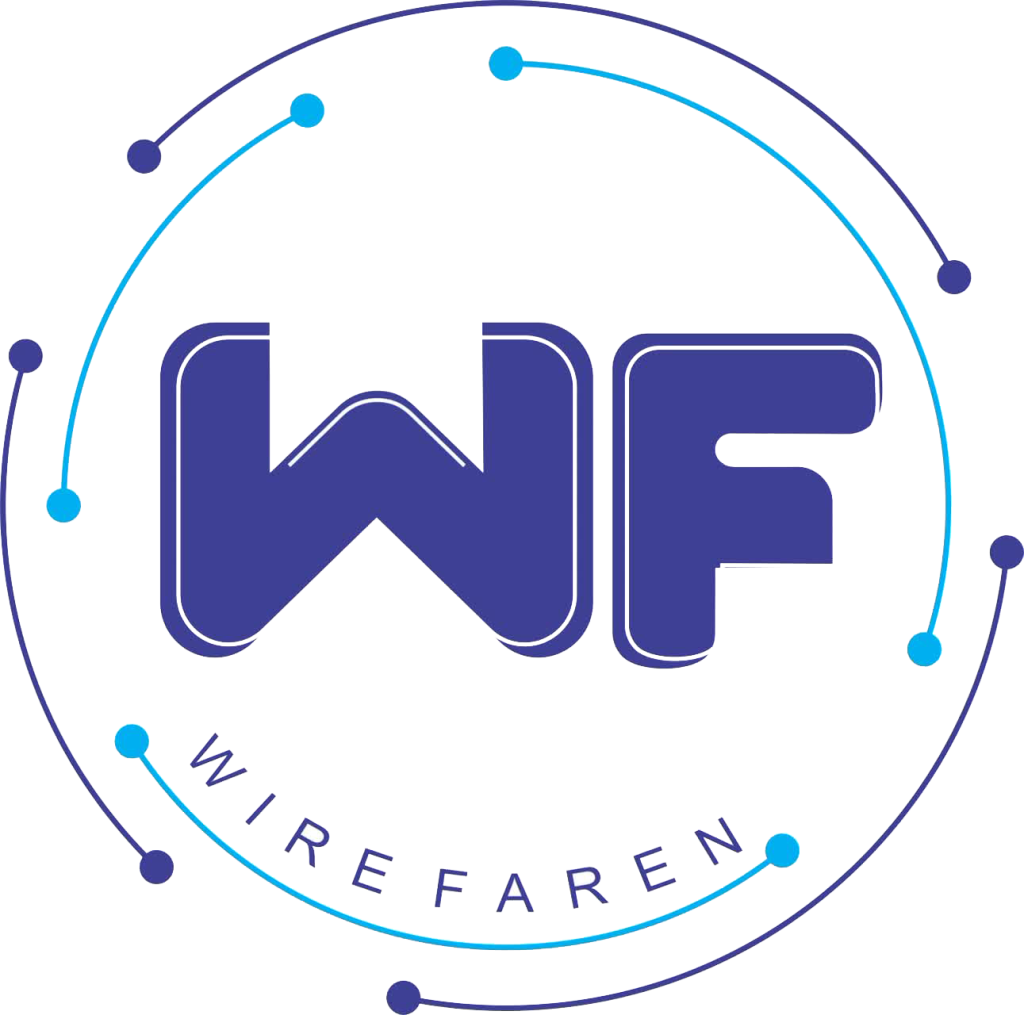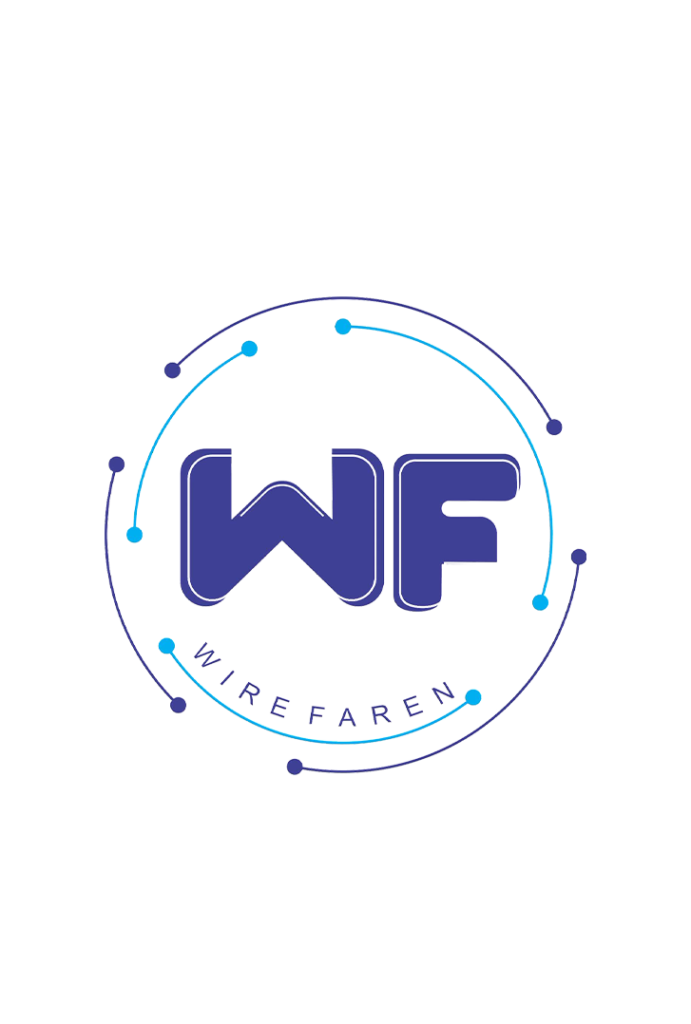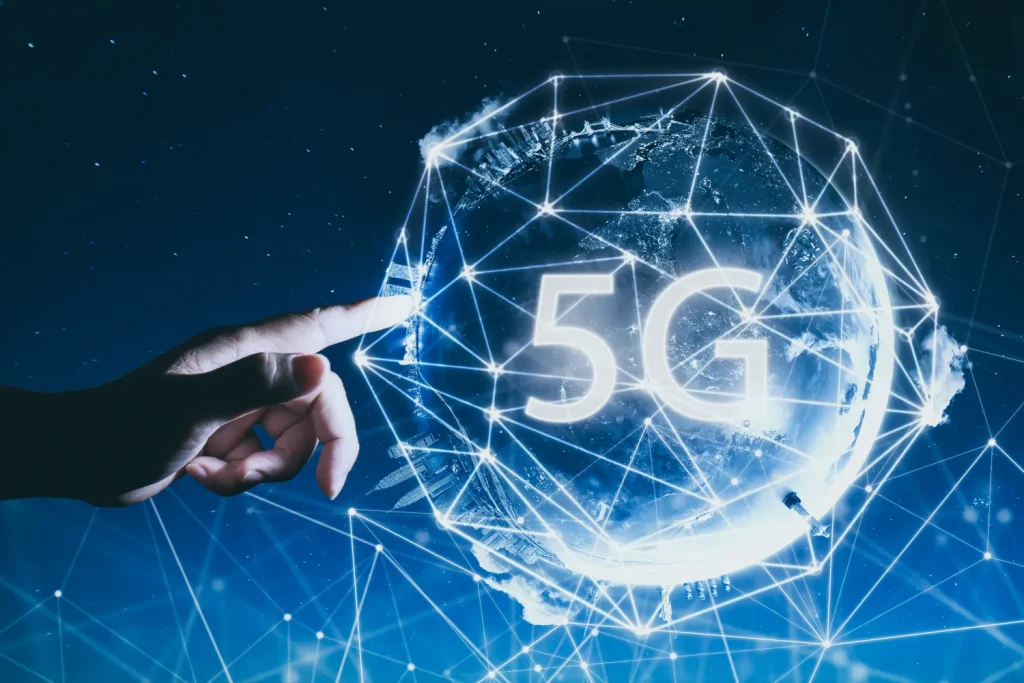As we stand at the brink of the fourth industrial revolution, the spotlight is on 5G technology and its reliance on optical fiber infrastructure. The fifth-generation wireless technology, commonly known as 5G, promises unprecedented speed and connectivity, and optical fiber plays a pivotal role in making this promise a reality.
Understanding Optical Fiber Technology
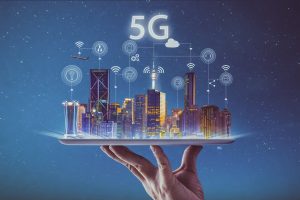
To comprehend the significance of optical fiber in the 5G era, let’s start by unraveling the magic behind optical fiber technology. Unlike traditional copper cables, optical fibers transmit data using light signals, resulting in faster and more reliable internet connections. This technological leap has positioned optical fiber as the backbone of high-speed internet.
Role of Optical Fiber in 5G Networks
The demand for faster and more responsive networks has propelled the integration of optical fiber into 5G networks. The high bandwidth and low latency offered by optical fiber are instrumental in supporting the massive data requirements of 5G, ensuring a seamless and immersive user experience.
Benefits of 5G and Optical Fiber Integration
The marriage of 5G and optical fiber brings forth a plethora of benefits. The foremost advantage is the lightning-fast data transmission speed, allowing users to download and upload content in the blink of an eye. Additionally, the lower latency ensures minimal delays, making applications like augmented reality and virtual reality more immersive and responsive.
Challenges and Solutions in Optical Fiber Implementation
However, the road to seamless 5G and optical fiber integration is not without its challenges. From the high costs of laying optical fiber infrastructure to the logistical hurdles of deployment, various obstacles must be overcome. Innovative solutions, such as advanced trenching techniques and collaboration between telecom companies and local authorities, are paving the way for smoother implementation.
Impact on Communication and Connectivity
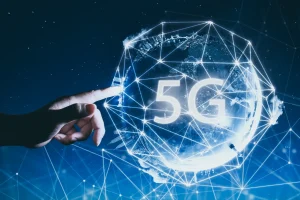
The impact of 5G and optical fiber extends beyond mere speed and reliability. Communication services, both for personal and business use, witness a paradigm shift. The enhanced connectivity not only bridges the urban-rural divide but also opens up new possibilities for remote work, education, and healthcare services.
Business and Economic Implications
Businesses are quick to recognize the potential unleashed by 5G and optical fiber integration. From enabling seamless online transactions to empowering smart cities with real-time data, the economic implications are vast. As companies embrace this transformative technology, new revenue streams and growth opportunities emerge.
Technological Innovations Driving Optical Fiber Advancements
Advancements in optical fiber technology continue to drive innovation. From the development of more efficient fiber materials to sustainable production processes, the industry is witnessing a revolution that goes beyond speed and reliability, emphasizing sustainability and future-readiness.
Global Perspectives on 5G and Optical Fiber

The adoption of 5G and optical fiber varies globally, with different regions showcasing unique approaches. While developed nations lead the race in implementing these technologies, developing countries are not far behind, leveraging them to address socio-economic challenges and bridge digital divides.
Environmental Impact and Sustainability
Beyond the realms of speed and connectivity, the eco-friendly nature of optical fiber adds another layer of significance. Unlike traditional copper cables, optical fiber is more energy-efficient and produces minimal electronic interference. This inherent sustainability aligns with the growing global focus on environmentally responsible technologies.
Security Concerns in 5G and Optical Fiber Networks
However, with great technological advancements come great responsibilities. The interconnectedness of 5G and optical fiber networks raises concerns about cybersecurity. As data travels at unprecedented speeds, ensuring a secure infrastructure becomes paramount. Robust security measures, including encryption and regular updates, are essential to safeguard the integrity of these networks.
Consumer Experience with 5G and Optical Fiber
At the heart of this technological revolution is the end-user experience. Consumers, whether individuals or businesses, reap the rewards of faster, more reliable internet. Streaming high-definition content, participating in video conferences with minimal lag, and enjoying online gaming with reduced latency are just a few examples of the improved user experience.
Future Trends and Developments
The journey of 5G and optical fiber is far from over. Anticipated advancements include even faster speeds, enhanced reliability, and the integration of artificial intelligence to optimize network performance. As technology continues to evolve, these trends will shape the digital landscape and redefine the possibilities of connectivity.
Government Initiatives and Regulations
Governments play a crucial role in fostering the growth of 5G and optical fiber technologies. Initiatives aimed at infrastructure development, spectrum allocation, and regulatory frameworks contribute to the responsible and widespread adoption of these technologies, ensuring a harmonious coexistence with
existing systems.
Conclusion
In conclusion, the integration of 5G and optical fiber represents a transformative leap into the future of connectivity. From empowering businesses and economies to enhancing the daily lives of individuals, the impact is profound. As we navigate this digital frontier, the collaboration between 5G and optical fiber continues to unlock possibilities, propelling us towards a more connected, efficient, and sustainable world.
Frequently Asked Questions (FAQs)
1. How does optical fiber contribute to the speed of 5G networks?
– Optical fiber enables faster data transmission by using light signals, reducing latency and enhancing the overall speed of 5G networks.
What are the challenges in deploying optical fiber infrastructure?
– Challenges include high implementation costs, logistical hurdles, and the need for collaboration between telecom companies and local authorities.
How does the integration of 5G and optical fiber impact remote work?
– The integration improves remote work experiences by providing faster and more reliable connectivity, facilitating seamless communication and collaboration.
Are there security concerns with 5G and optical fiber networks?
– Yes, the interconnected nature of these networks raises cybersecurity concerns, necessitating robust security measures such as encryption and regular updates.
What are the future trends in 5G and optical fiber technology?
– Anticipated trends include even faster speeds, enhanced reliability, and the integration of artificial intelligence to optimize network performance.
